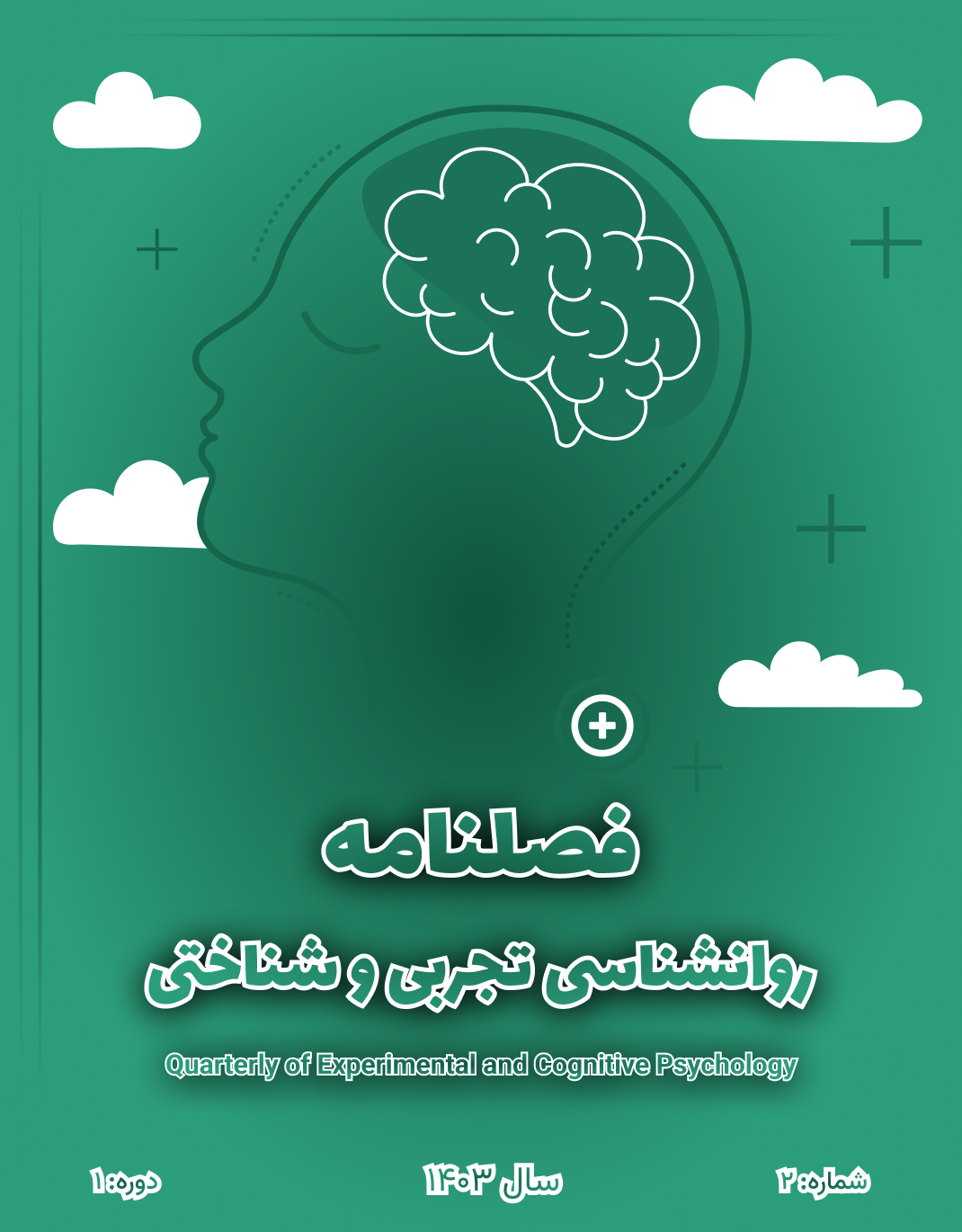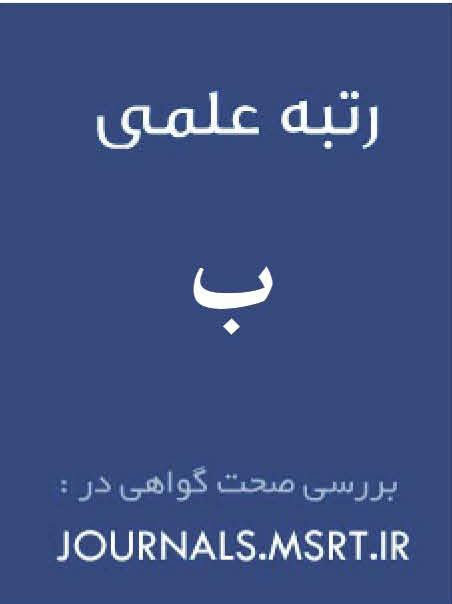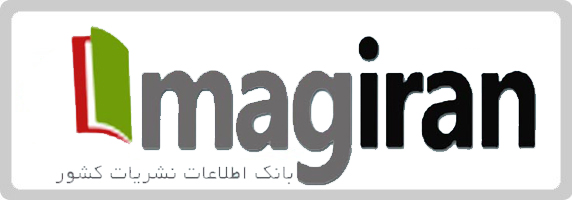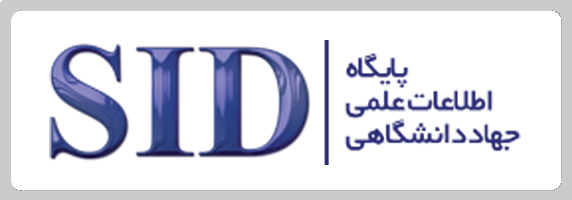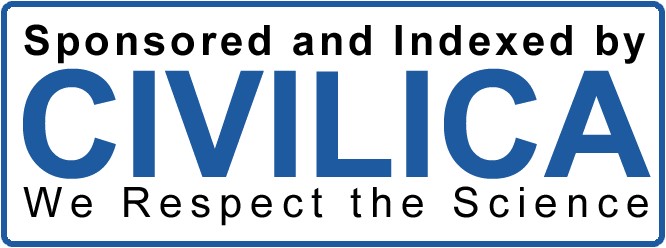تحلیل ناخودآگاه جمعی در آثار نقاشان مبتلا به اختلالات روانی با تأکید بر نظریات یونگ
کلمات کلیدی:
اختلالات روانی, نمادهای کهنالگویی, ناخودآگاه جمعی, یونگ, تحلیل روانشناختی, هنر, نقاشیچکیده
هدف: هدف این پژوهش بررسی ارتباط بین نمادهای کهنالگویی برگرفته از نظریه ناخودآگاه جمعی یونگ و اختلالات روانی در آثار نقاشان مبتلا به بیماریهای روانی است.
مواد و روش: این مطالعه به روش میدانی و با نمونهگیری هدفمند بر روی ۳۰ تا ۵۰ نفر از نقاشان دارای اختلالات روانی نظیر افسردگی، اضطراب، شیزوفرنی و اختلالات شخصیت انجام شد. ابزارهای گردآوری داده شامل پرسشنامههای روانشناختی استاندارد (BDI، HAM-A، SAPS/SANS)، تحلیل محتوای نقاشیها با استفاده از چکلیست نمادهای یونگی، مصاحبههای بالینی و بررسی سوابق پزشکی بودند. تحلیل دادهها با روشهای آماری همبستگی پیرسون و رگرسیون خطی صورت گرفت.
یافتهها: یافتهها نشان داد که بین نوع و شدت اختلال روانی و میزان استفاده از نمادهای کهنالگویی در آثار هنری رابطه مثبت و معناداری وجود دارد. نوع اختلال روانی قویترین پیشبینیکننده قابلیت تحلیل روانشناختی آثار بود (R²=0.768)، درحالیکه نمادهای یونگی و مفاهیم ناخودآگاه جمعی نیز سهم بالایی در تبیین معنا داشتند. تمامی ضرایب رگرسیونی معنادار و سطح p برای همه تحلیلها کمتر از 0.01 بود.
نتیجهگیری: نتایج پژوهش نشان میدهد که نظریه ناخودآگاه جمعی یونگ میتواند چارچوب مفهومی مناسبی برای تحلیل محتوای آثار هنری خلقشده توسط افراد دارای اختلالات روانی فراهم سازد. حضور پررنگ نمادهای کهنالگویی در این آثار حاکی از نقش ناخودآگاه در فرآیند خلاقیت و بیان روانی هنرمندان بیمار است.
دانلودها
مراجع
Abbasi, S., & Karimi, L. (2022). A Comparative Study of Archetypes in Van Gogh's Paintings of Depression. Journal of Research in Art, 9(1), 79-93. https://ph.aui.ac.ir/browse.php?a_id=660&sid=1&slc_lang=fa
Andreasen, N. C. (1987). Creativity and Mental Illness: Prevalence Rates in Writers and Their First-Degree Relatives. American Journal of PsychiatryER -. https://europepmc.org/article/med/3499088
Charon, R. (2006). Narrative Medicine: Honoring the Stories of Illness. Oxford University Press. https://doi.org/10.1093/oso/9780195166750.001.0001
Dubuffet, J. (1949). L'Art Brut préféré aux arts culturels. Gallimard. https://link.springer.com/content/pdf/10.1007/978-3-476-05728-0_10986-1.pdf
Edwards, D. (2004). Art Therapy. SAGE Publications. https://books.google.com/books?
Freud, S. (1910). The Origin and Development of Psychoanalysis. American Journal of Psychology. https://doi.org/10.2307/1413001
Hillman, J. (1983). Archetypal Psychology: A Brief Account. Spring Publications. https://books.google.com/books?
Jahanbakhsh, N. (2024). The Unconscious and Art: Jung's Theory and Symbolic Analysis. Analytical Psychology Research, 2(1), 25-40. https://www.academia.edu/download/38501739/Sutton_Asta_ActaE_155pdfA.pdf
Jamison, K. R. (1993). Touched with Fire: Manic-Depressive Illness and the Artistic Temperament. Free Press. https://books.google.com/books?
Jousha, K. N., & Rainbow, T. H. (2017). Effects of clay art therapy on adults outpatients with major depressive disorder: A randomized controlled trial. Journal of Art and Health, 3(1), 42-55. https://doi.org/10.1016/j.jad.2017.04.013
Jung, C. G. (1969). The Archetypes and the Collective Unconscious. Princeton University Press. https://www.taylorfrancis.com/bo
Jung, C. G. (2007). Psychology and Religion. Translated by Mostafa Malekian. Tehran: Tarh-e No Publishing. Tehran: Tarh-e No Publishing. https://www.annualreviews.org/content/journals/10.1146/annurev.psych.54.101601.145024
Khosravi, M., & Amini, R. (2023). Creativity and Mental Disorders: A Jungian Perspective. Journal of Analytical Psychology, 68(4), 345-362. https://books.google.com/books?
Maleki, S., Ahmadi, P., & Rahimi, N. (2019). Symbolic Content Analysis of Paintings by Individuals with Schizophrenia. Journal of Art Psychology Research, 5(2), 15-36. https://salmandj.uswr.ac.ir/browse.php?a_id=1421&sid=1&slc_lang=fa&html=1
McNiff, S. (1992). Art as Medicine: Creating a Therapy of the Imagination. Shambhala. https://books.google.com/books?
Mousavi, H. (2023). Psychoanalytic Analysis of Artworks in Light of Jung's Theory. Journal of Art and Psychology, 5(2), 117-132. https://www.sciencedirect.com/science/article/pii/S0197455625000711
Nasiri, A., & Jalali, H. (2022). Art Therapy and Jungian Analysis in Treating Psychotic Episodes. Psychology of Art, 11(2), 201-215. https://books.google.com/books?
Neumann, E. (1954). The Origins and History of Consciousness. Princeton University Press. https://www.ingentaconnect.com/content/imp/jcs/1997/00000004/F0020005/809
Prinzhorn, H. (1922). Artistry of the Mentally. Springer. https://www.jstor.org/stable/429056
Prinzhorn, H. (1972). Artistry of the Mentally Ill. Springer-Verlag. https://doi.org/10.1007/978-3-662-00916-1
Rahimi, F., & Ahmadi, N. (2022). Psychology of Art and Creativity. Journal of Art Psychology, 2(3), 55-72. https://www.tandfonline.com/doi/abs/10.1207/s15326934crj1101_1
Singer, J. (1994). Boundaries of the Soul: The Practice of Jung's sychology. Anchor Books. https://psychiatryonline.org/doi/pdf/10.1176/appi.psychotherapy.1973.27.1.122
Stevens, A. P. (2016). An Introduction to Jungian Psychology. Markaz Publishing. https://press.princeton.edu/books
دانلود
چاپ شده
ارسال
بازنگری
پذیرش
شماره
نوع مقاله
مجوز
حق نشر 2025 راحله هنری

این پروژه تحت مجوز بین المللی Creative Commons Attribution-NonCommercial 4.0 می باشد.
